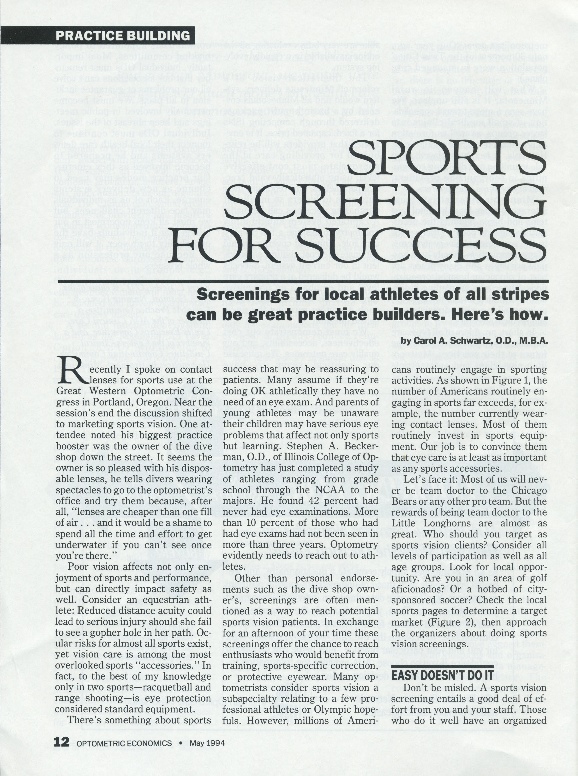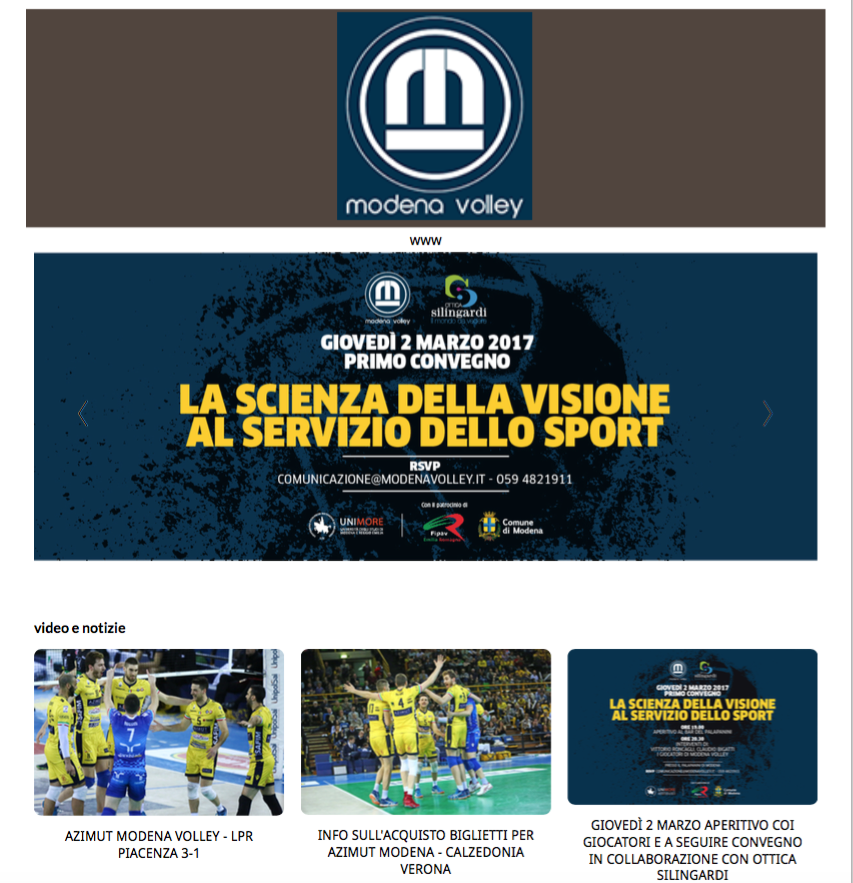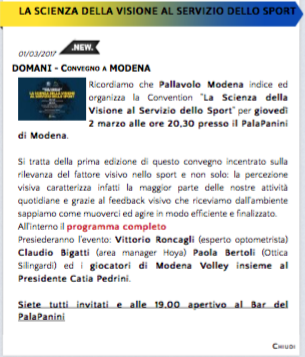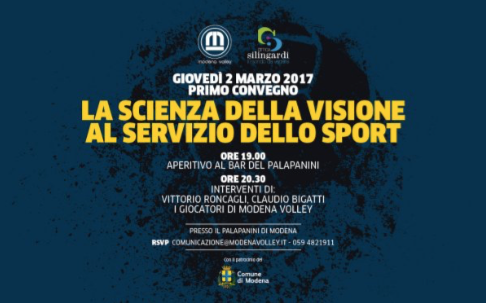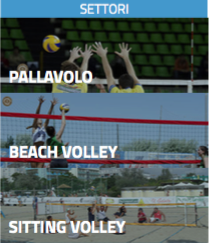Screenings for local athletes of all stripes can be great practice builders. Here’s how.
Recently I spoke on contact lenses for sports use at the Great Western Optometric Congress in Portland, Oregon. Near the session’s end the discussion shifted to marketing sports vision. One attendee noted his biggest practice booster was the owner of the dive shop down the street. It seems the owner is so pleased with his disposable lenses, he tells divers wearing spectacles to go to the optometrist’s office and try them because, after all, “lenses are cheaper than one fill of air … and it would be a shame to spend all the time and effort to get underwater if you can’t see once you’re there.” Poor vision affects not only enjoyment of sports and performance, but can directly impact safety as well. Consider an equestrian athlete: Reduced distance acuity could lead to serious injury should she fail to see a gopher hole in her path. Ocular risks for almost all sports exist, yet vision care is among the most overlooked sports “accessories.” In fact, to the best of my knowledge only in two sports-racquetball and range shooting-is eye protection considered standard equipment. There’s something about sports success that may be reassuring to patients. Many assume if they’re doing OK athletically they have no need of an eye exam. And parents of young athletes may be unaware their children may have serious eye problems that affect not only sports but learning. Stephen A. Beckerman, O.D., of Illinois College of Optometry has just completed a study of athletes ranging from grade school through the NCAA to the majors. He found 42 percent had never had eye examinations. More than 10 percent of those who had had eye exams had not been seen in more than three years. Optometry evidently needs to reach out to athletes. Other than personal endorsements such as the dive shop owner’s, screenings are often mentioned as a way to reach potential sports vision patients. In exchange for an afternoon of your time these screenings offer the chance to reach enthusiasts who would benefit from training, sports-specific correction, or protective eyewear. Many optometrists consider sports vision a subspecialty relating to a few professional athletes or Olympic hopefuls. However, millions of Americans routinely engage in sporting activities. As shown in Figure 1, the number of Americans routinely engaging in sports far exceeds, for example, the number currently wearing contact lenses. Most of them routinely invest in sports equipment. Our job is to convince them that eye care is at least as important as any sports accessories. Let’s face it: Most of us will never be team doctor to the Chicago Bears or any other pro team. But the rewards of being team doctor to the Little Longhorns are almost as great. Who should you target as sports vision clients? Consider all levels of participation as well as all age groups. Look for local opportunity. Are you in an area of golf aficionados? Or a hotbed of citysponsored soccer? Check the local sports pages to determine a target market (Figure 2), then approach the organizers about doing sports vision screenings.
Optometric Economics – Maggio 1994
